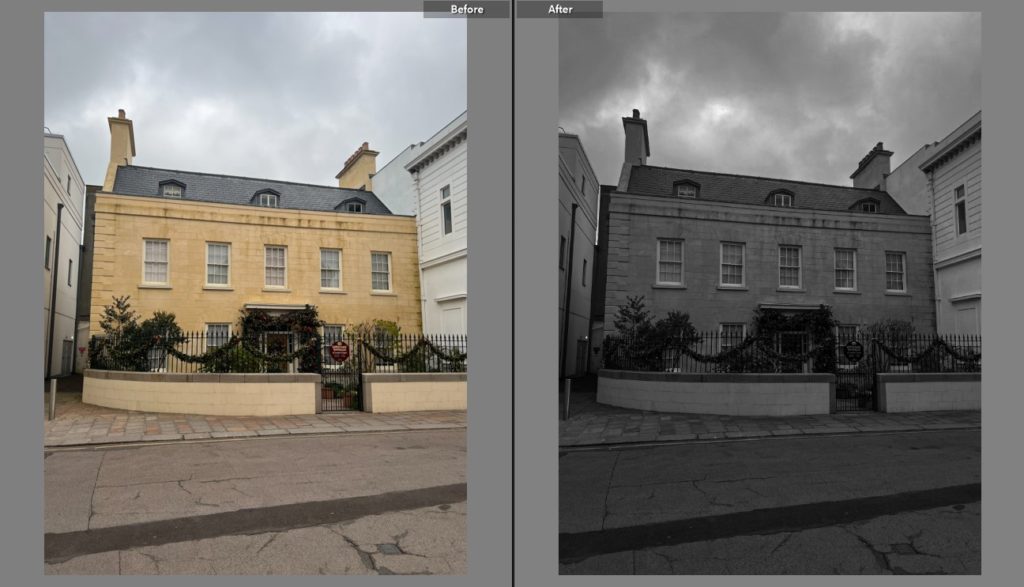
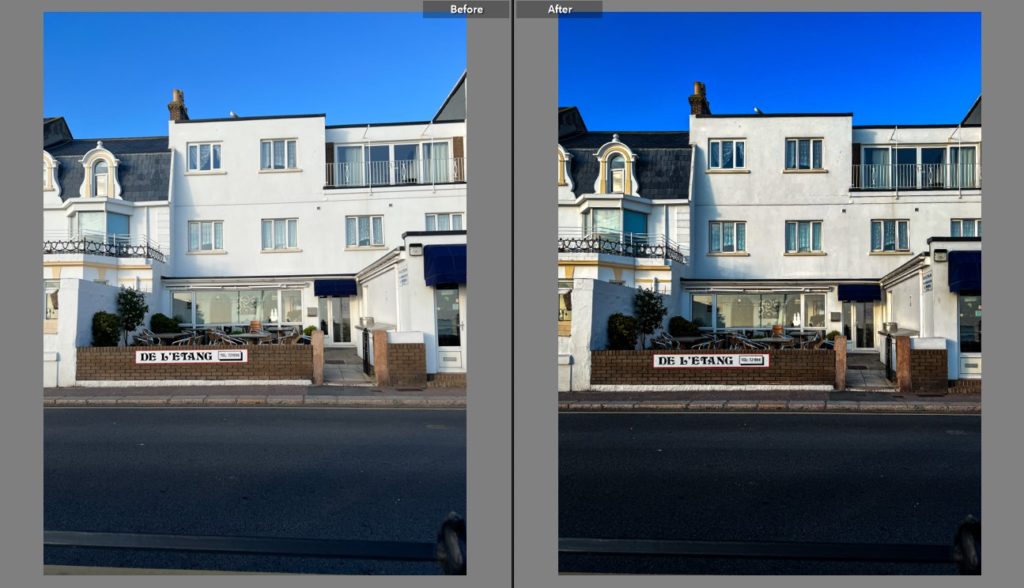
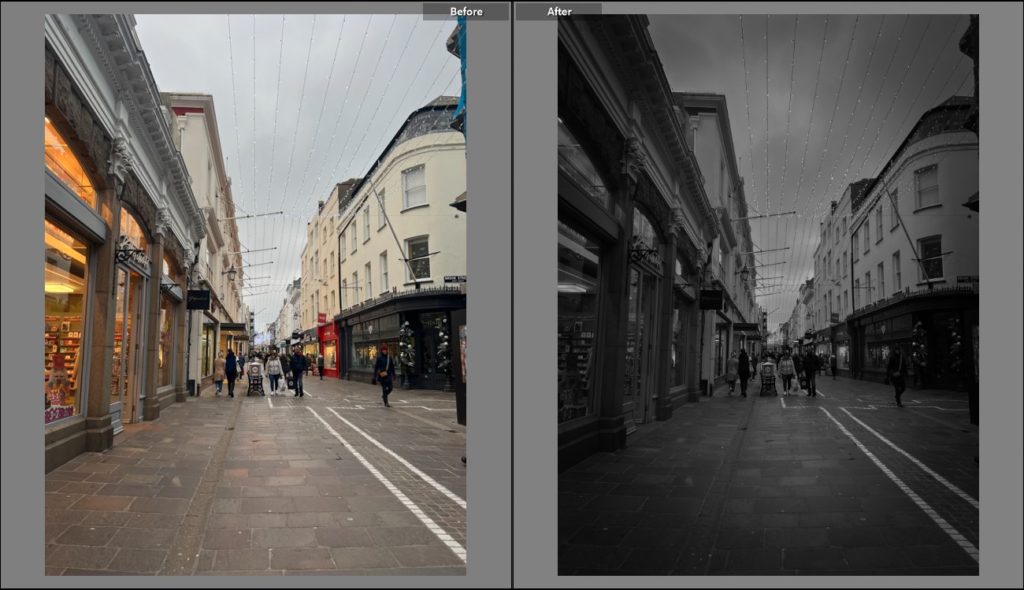
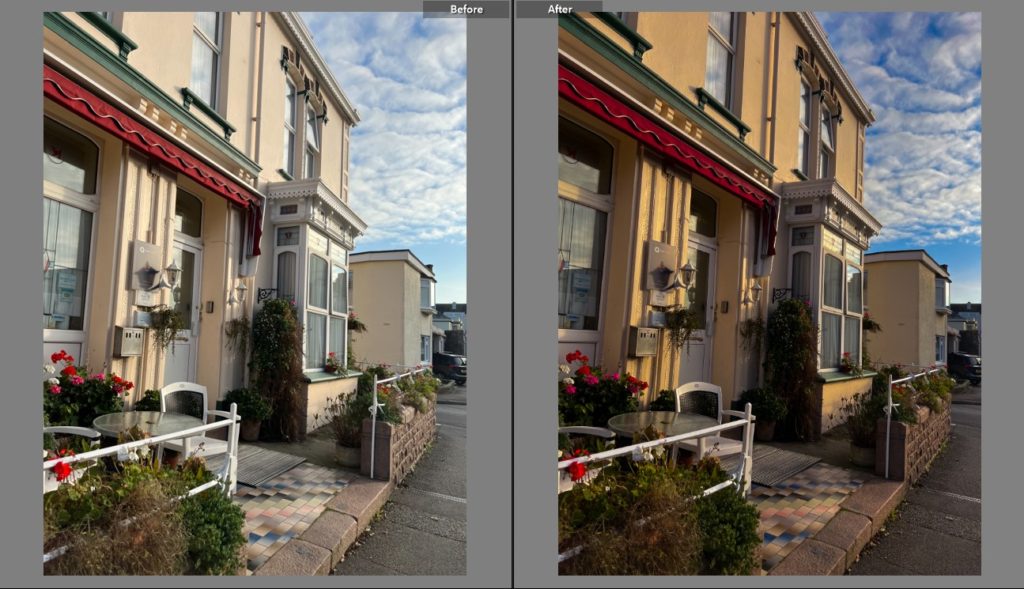
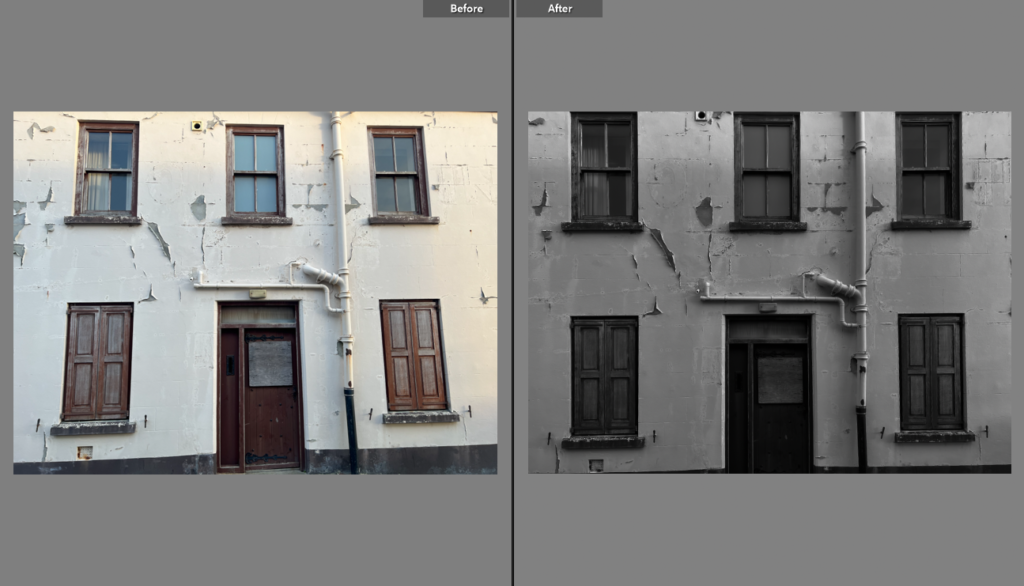
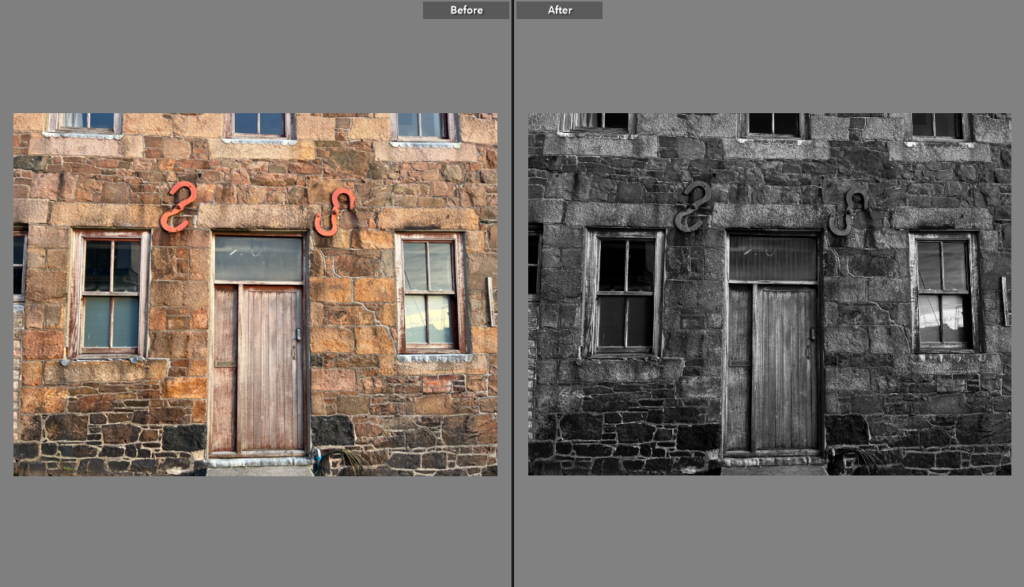
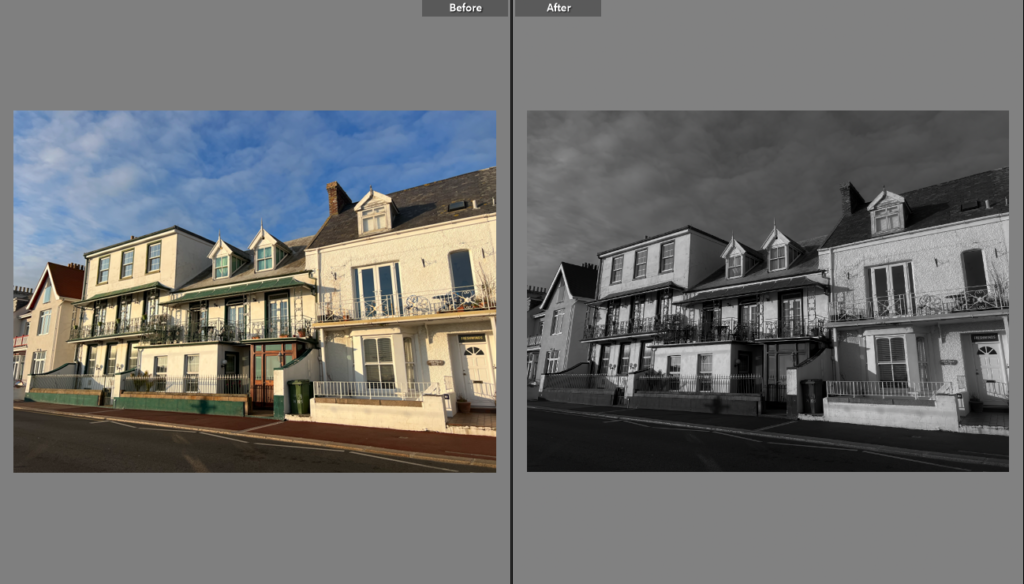
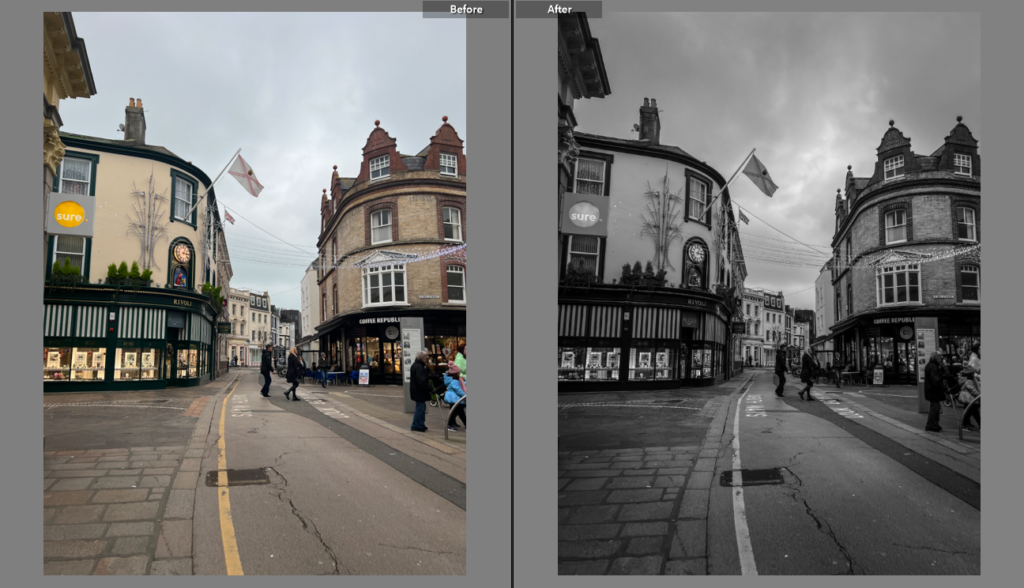








I will be taking images of abandoned buildings, specifically maybe the doors and windows. Possibly I could also take pictures of Jerseys incineration site.
Where I will be taking pictures is around Harve De Pas, Victoria Road estate, there is also an abandoned house behind Waitrose, St Saviour.
I will be taking the images on the weekend of 10th and 11th but if not then the Monday 12th December, photoshoot will depend on the weather due to not wanting depressing dark images, clouds need to be muted.
I will take picture’s on my iPhone, or by using the school camera which is a DSLR camera.
Most Importantly I will be taking this pictures to fit with the Topographic aesthetic. I will be taking Landscape photos due to this part of my project being landscape. I will use inspiration from Hilla and Bernd Becher images that they took when they began the whole Typologies project.



A photographic typology is a study of “types”. That is, a photographic series that prioritizes “collecting” rather than stand-alone images. It’s a powerful method of photography that can be used to reshape the way we perceive the world around us.

The German artists Bernd and Hilla Becher, invented New typologies, they began working together in 1959 and married in 1961, are best known for their “typologies”—grids of black-and-white photographs of variant examples of a single type of industrial structure.

Hilla Becher was a German artist born in 1931 in Siegen, Germany. She was one half of a photography duo with her husband Bernd Becher. For forty years, they photographed disappearing industrial architecture around Europe and North America.
They won the Erasmus Prize in 2002 and Hasselblad Award in 2004 for their work and roles as photography professors at the art academy Kunstakademie Düsseldorf.
Stoic and detached, each photograph was taken from the same angle, at approximately the same distance from the buildings. Their aim was to capture a record of a landscape they saw changing and disappearing before their eyes.
The three people that influenced the Bechers were:
Karl Blossfeldt inspired them to create a photoshoot and laying out the images in the style of a triptik. Albert Renger-Patzsch gave them the idea that you can create a new style of photography with any pictures, Renger-Patzsch created a series of photography of taking pictures of plants. August Sander was part of the new objectivity movement which inspired a lot of photographers including Hilla and Bernd Becher to take heir own movement and ceate their own style of photography.
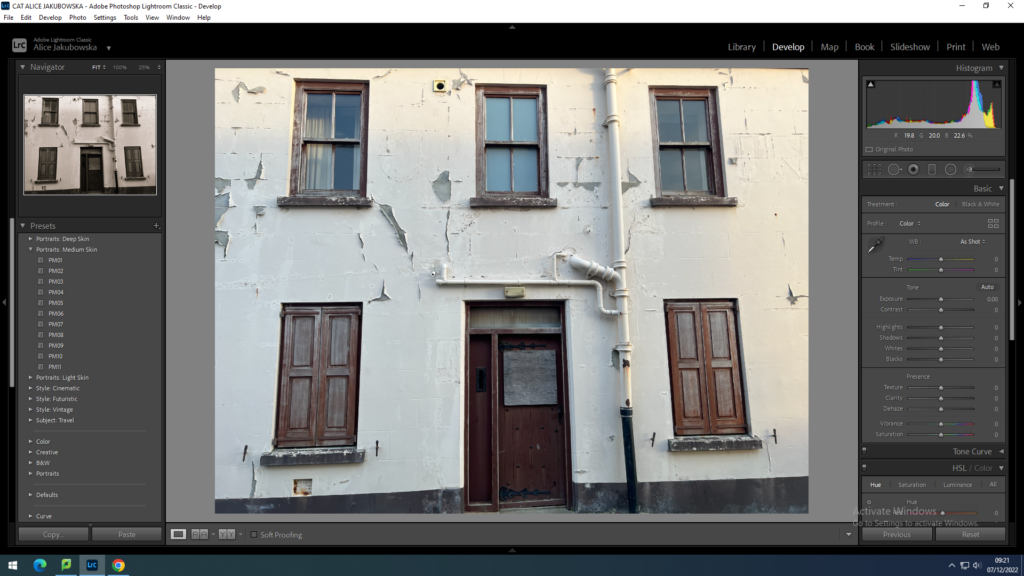
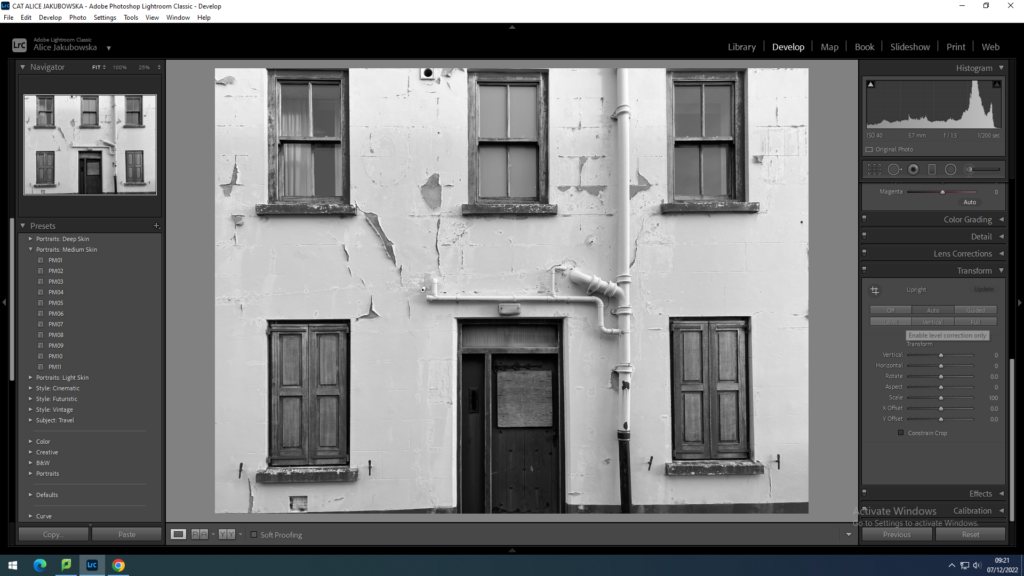
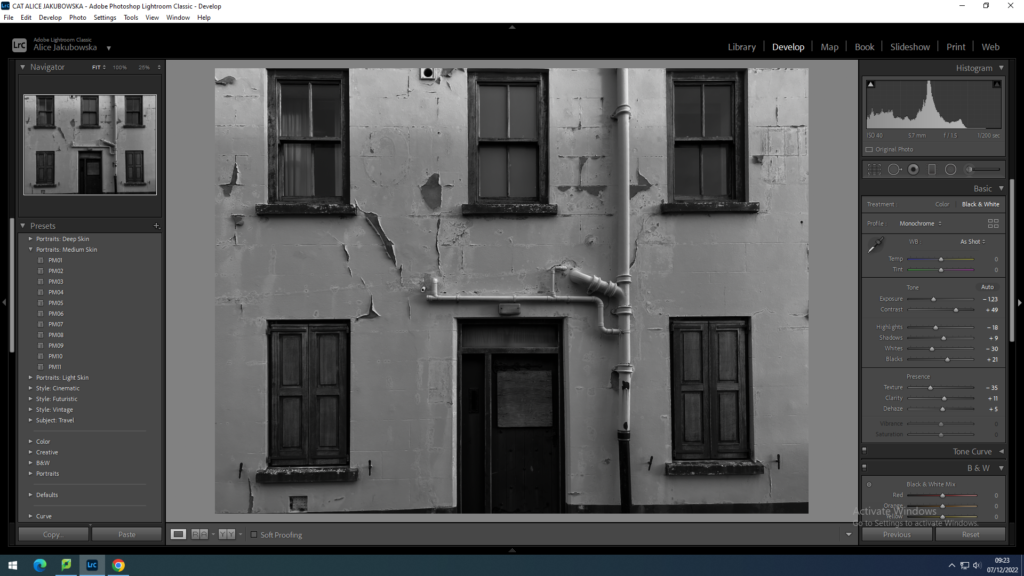
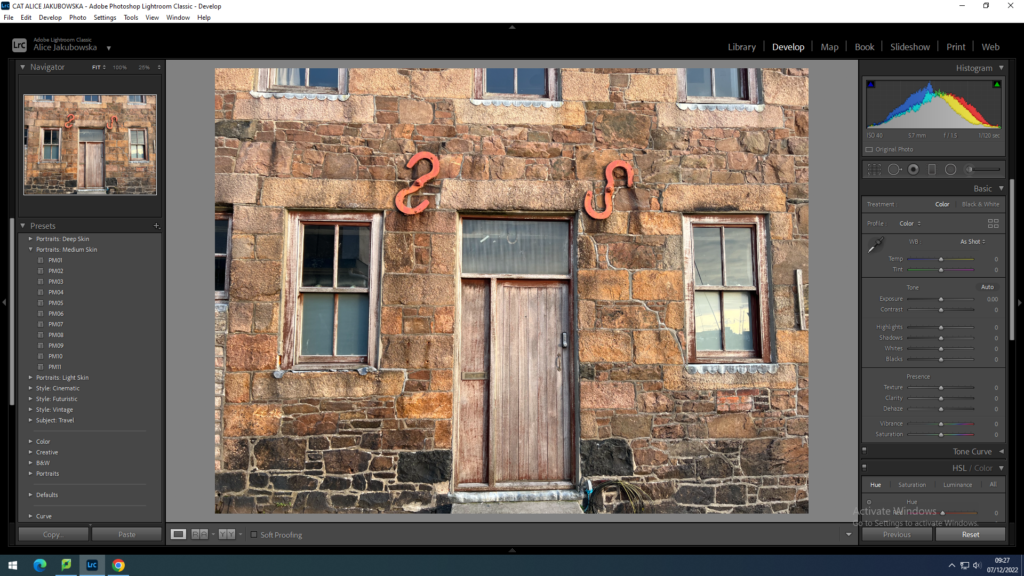
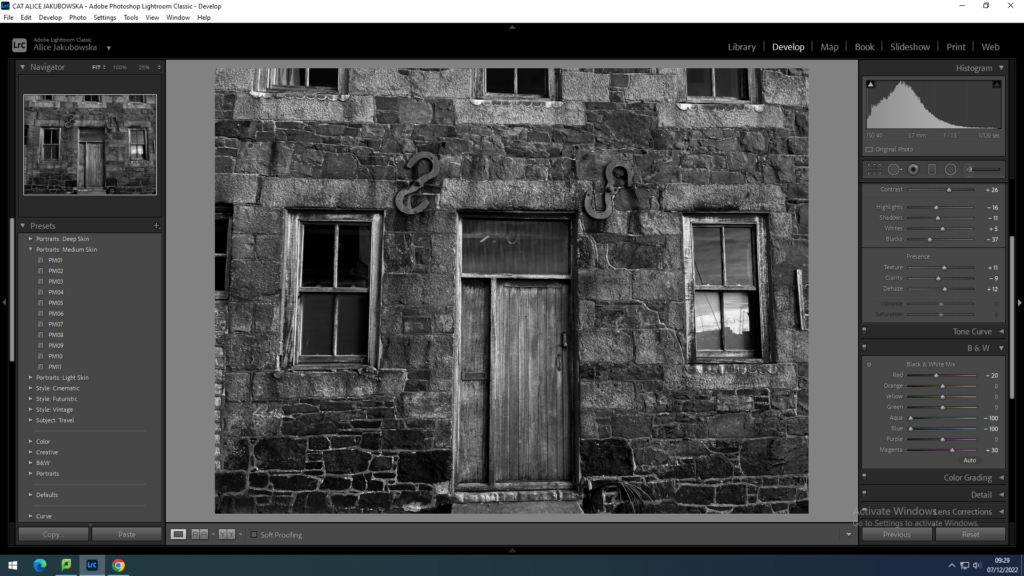
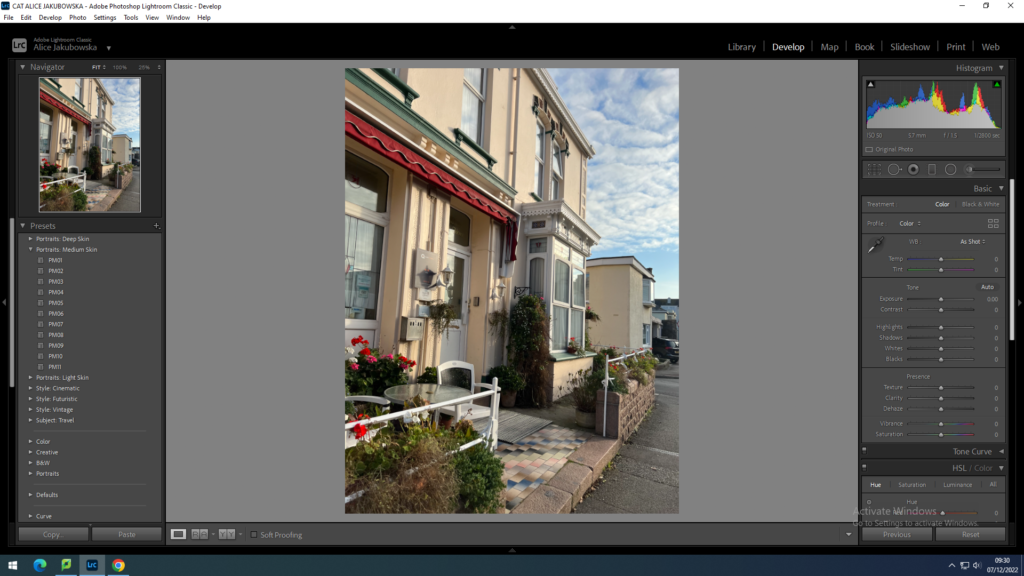
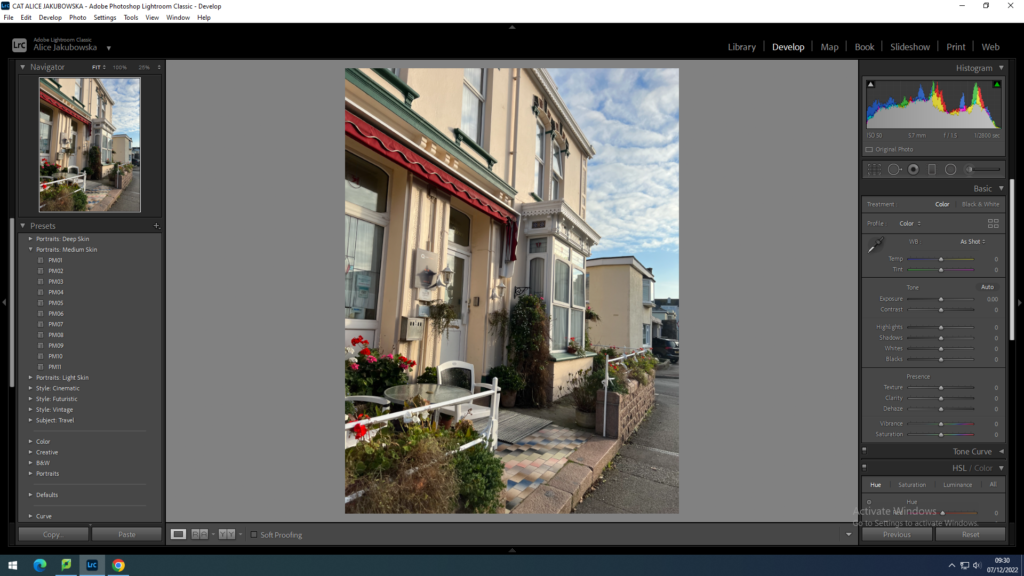
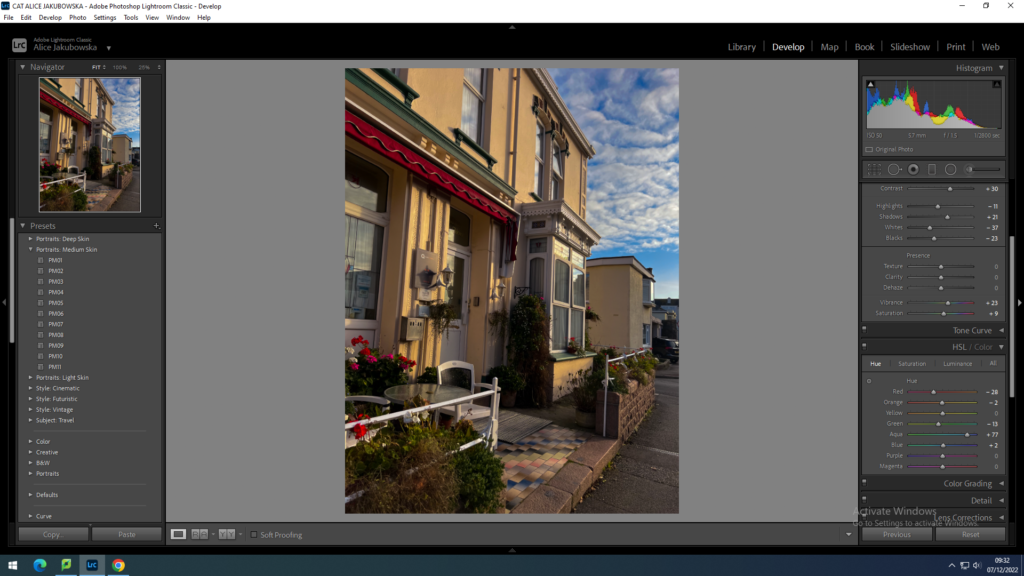

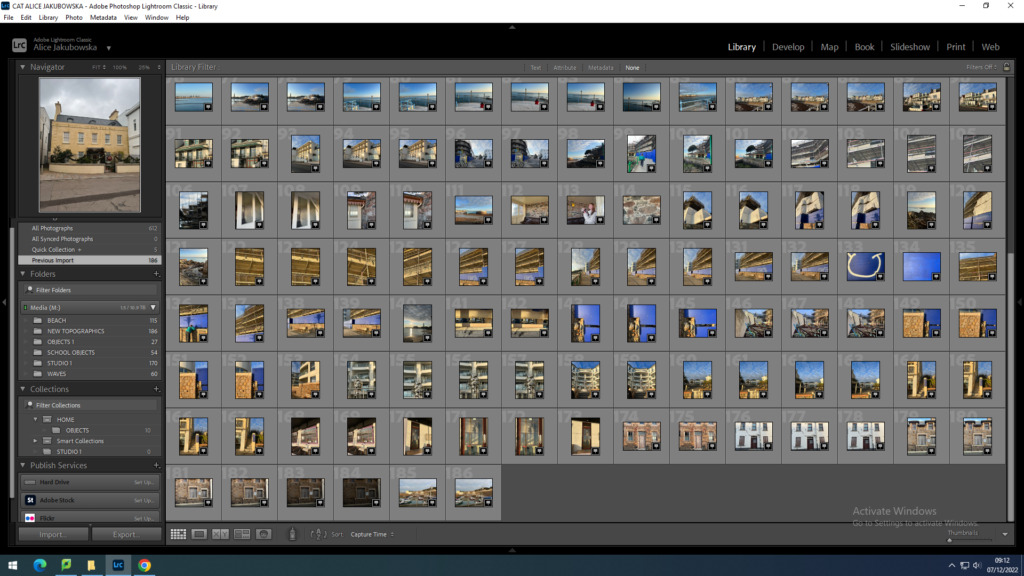

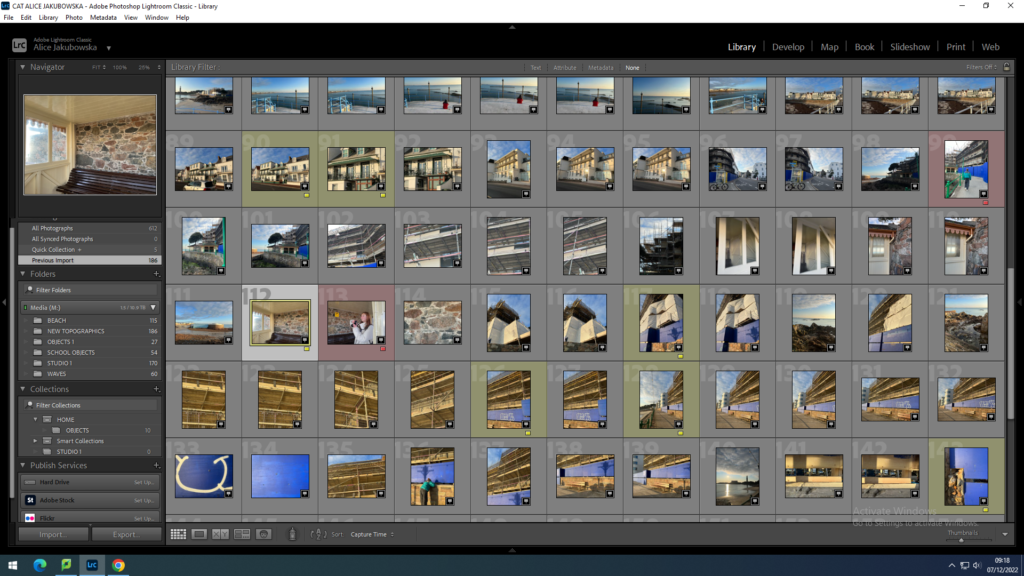

Here I selected what images seemed within the aesthetic of New Topographics. Some images seemed out of focus and therefore are marked red, some images are also marked red due to people accidentally being in the image. I took these pictures at Harve De Pas, the industrial and recycling around Fort Regent and some in town on King street. The photos seem to fit the aesthetic with the older designs and engravements on the houses. In King street there are many buildings that have brick coloured design such as Coffee Republic so it gives a more nostalgic feeling to the image.

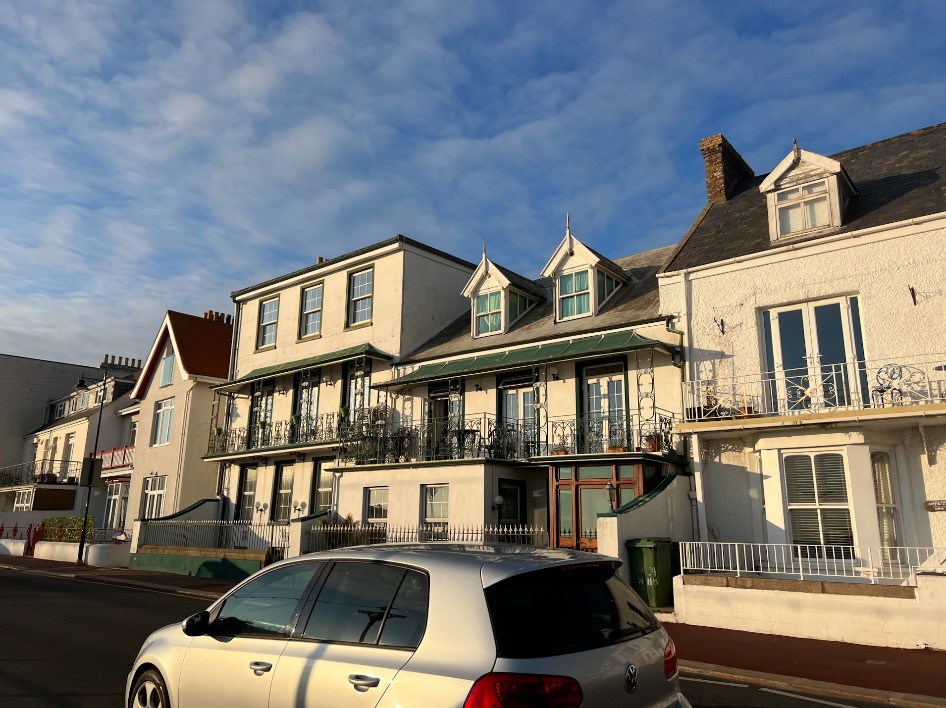
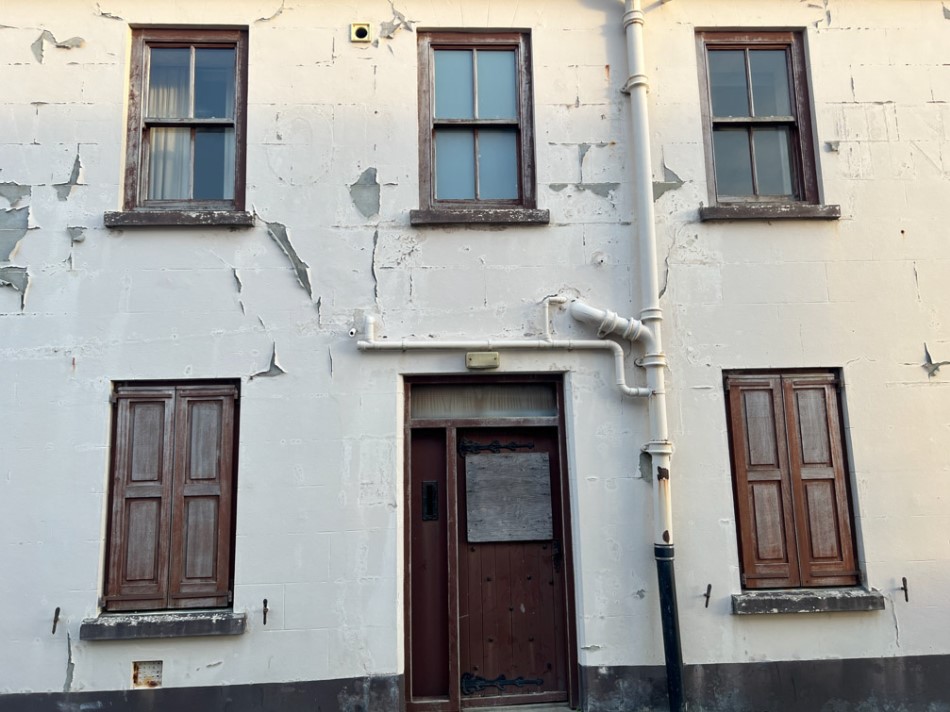

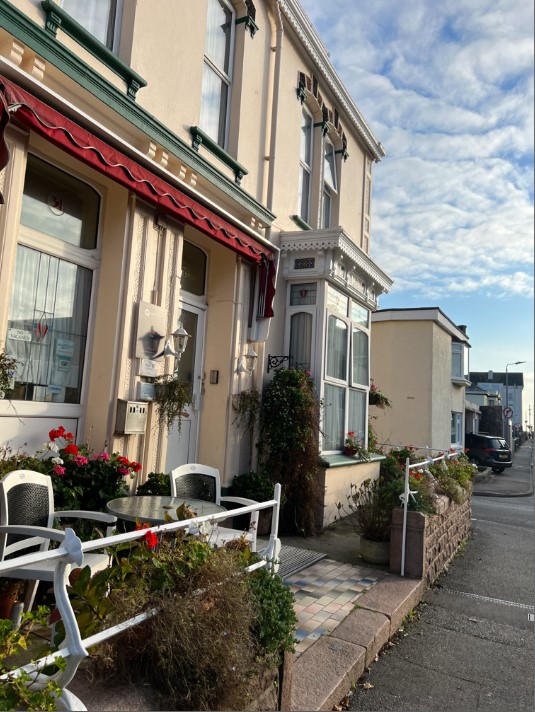

Exposure bracketing is when a photographer creates pictures with different exposure settings. The purpose of this is to cover more of the dynamic range. Bracketed photos are used later to create an HDR (high dynamic range) photo.
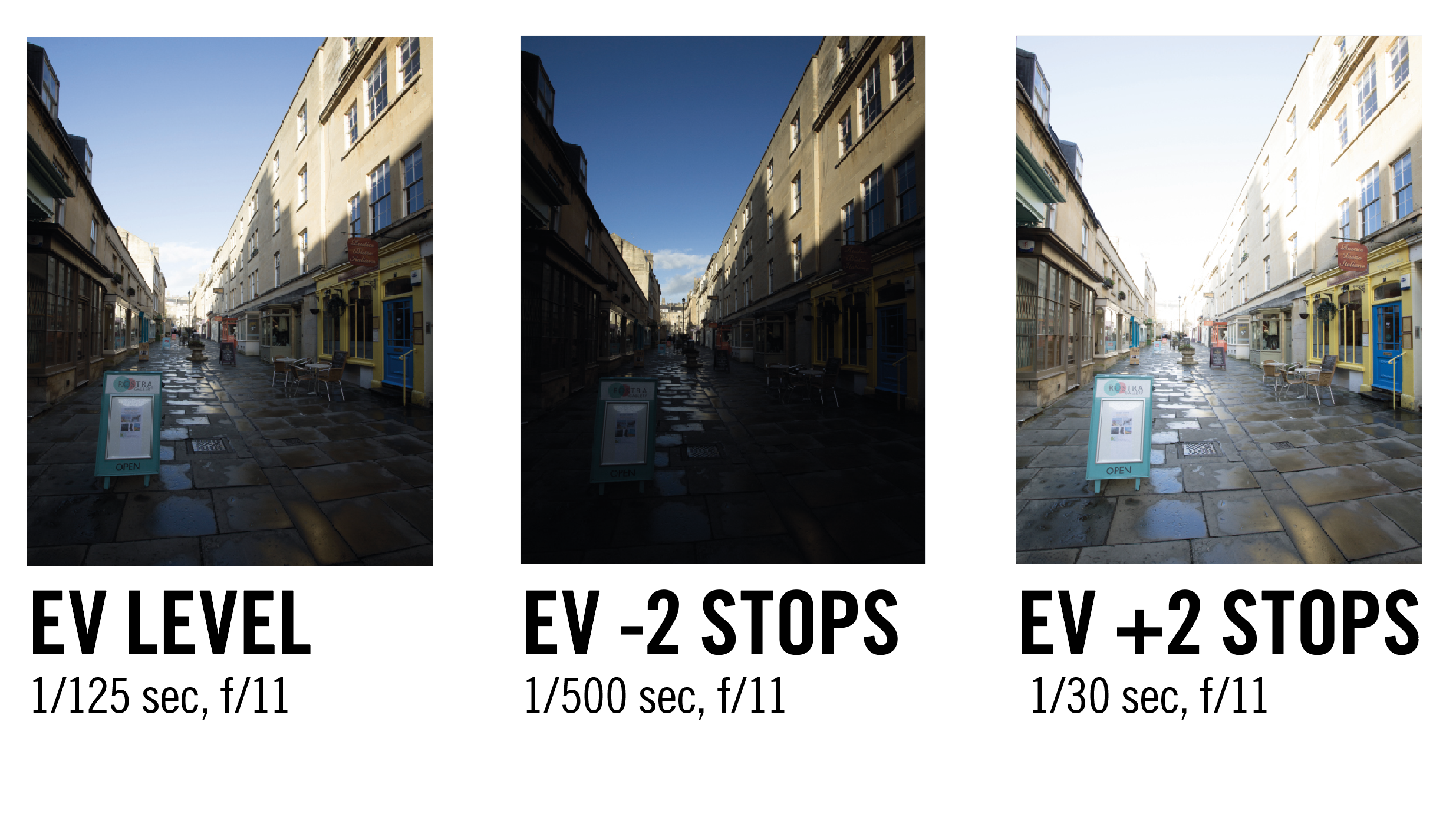



Dynamic range is simply the range of the lightest tones to the darkest tones within a photo.

“I think if you placed me almost anywhere and gave me a camera you could return the next day to find me photographing. It helps me, more than anything I know, to find home.”
Robert Adams
In this quote Robert Adams says that photography gave him a camera he could do it for as long as he wanted without getting bored if it . I think this quotes shows that you don’t need to be good a photography as everyone has their own view of the environment around them; making photography limitless and unique for everyone.
Robert Adams was an English sculptor and designer. Whilst not widely known outside of artistic circles, he was nonetheless regarded as one of the foremost sculptors of his generation. His work first came to prominence in the mid-1970s through his book The New West and his participation in the exhibition New Topographics: Photographs of a Man-Altered Landscape in 1975.



This is one of Robert Adams’ most famous photographs he had taken. This image is taken in black and white, which shows the varying shades of greys in the image, perhaps when taking this image Adams was trying to reinforce the connotation of balance that grey signifies while also showing the negative connotation of loss and loneliness. In this image there a many rectangular shapes like the windows, doors, windows within the doors and the bricks this gives a sense of a frame in frame image further connoting the idea of the woman being isolated and trapped. Furthermore even due to all the many windows and doors shown in this house they are all shut which creates an idea that the lady is shut inside and cannot escape the house.
New topographics was a term coined by William Jenkins in 1975 to describe a group of American photographers, whose pictures had a similar banal aesthetic, in that they were formal, mostly black and white prints of the urban landscape.
The new topographics was a reaction to the growing unease about how the natural landscape was being eroded by industrial development, it revealed that some of the people where getting uneasy about the environmental issues this could cause.
The new topographics were to have a decisive influence on later photographers including those artists who became known as the Düsseldorf School of Photography.
Unlike their predecessors, these new “topographic” photographers (such as Robert Adams, no relation to Ansel) were less concerned with portraying an ideal image of nature and were more interested in showing plainly how man has altered it.

Post-war America struggled with:
Inflation and labour unrest. The country’s main economic concern in the immediate post-war years was inflation; the baby boom and suburbia. Making up for lost time, millions of returning veterans soon married and started families; isolation and splitting of the family unit, pharmaceuticals and mental health problems, and vast distances, road networks and mobility
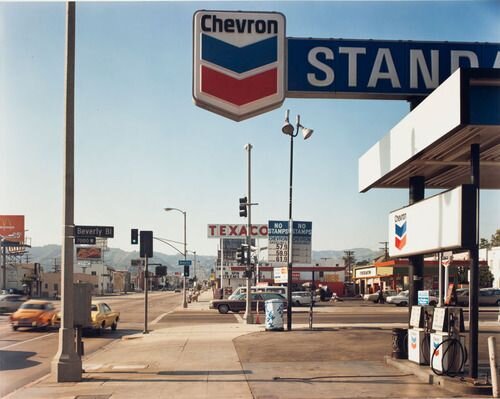
This image was taken by Stephen Shore. This was a historical image about Americas oil revolution. Due to America being such a huge continent, therefore lots of people own cars, oil and gas station are not unusual thing to find on the side of the road. Chevron oil station in 2003 had a class action lawsuit a in Ecuadorian court for $28 billion by indigenous residents. This is because accusations of Texaco of making residents ill and damaging forests and rivers by discharging 18 billion US gallons (68,000,000 m3) of formation water into the Amazon rainforest. This image shows the evolution of man kind and how we have affected the environment by building and producing unnatural objects. I believe that Adams was trying to shows this by including the oil station in the photograph whereas in the background showing the mountains and showing the disruption we have had to the environment. The image is centred and the focal pint of the image would be the “TEXACO” and the “CHEVRON” signs this is due to the bright red colour of the sign. In this image it uses 3 primary colours of red, blue and white which symbolises the colours of the American Flag.
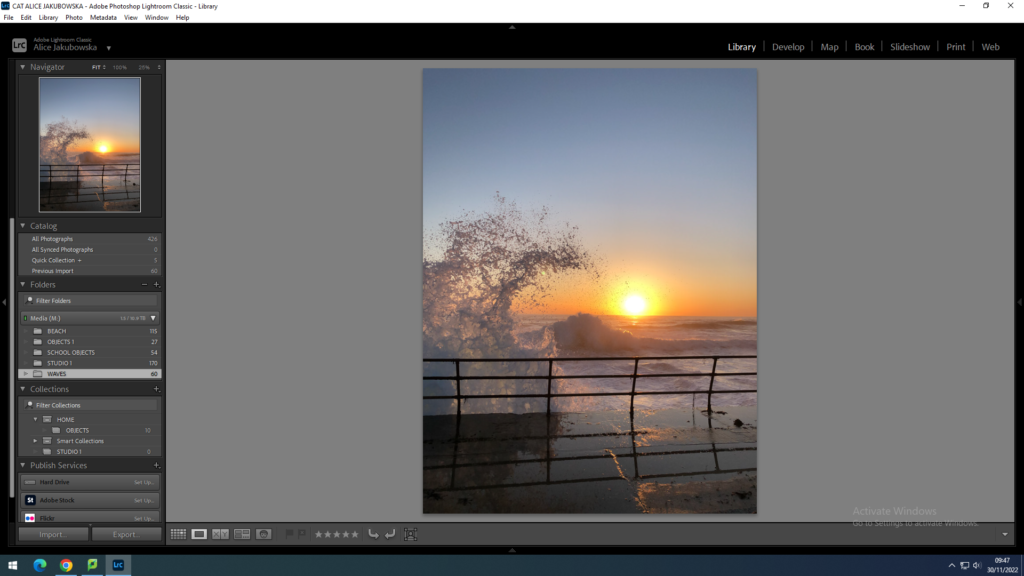
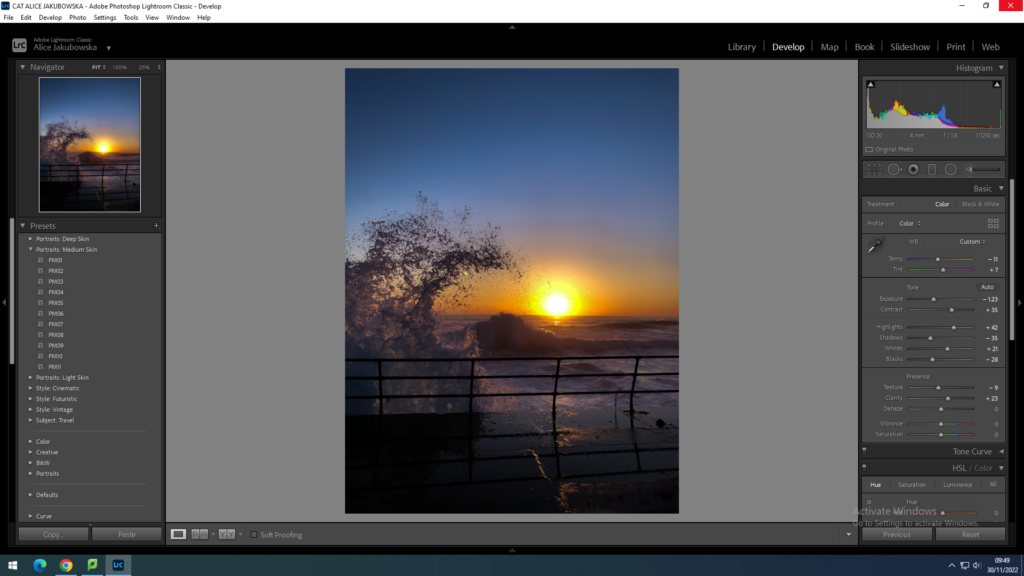

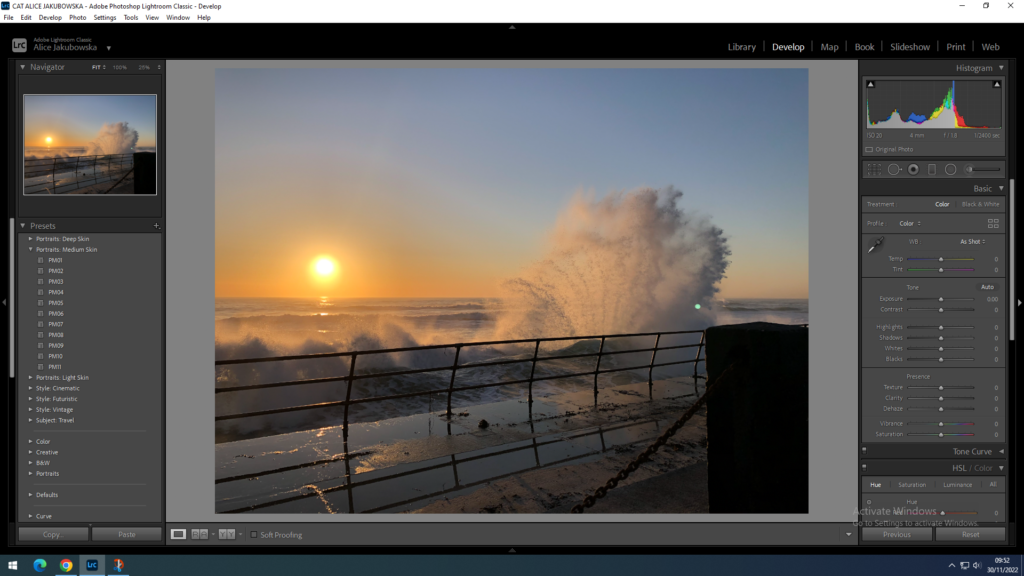
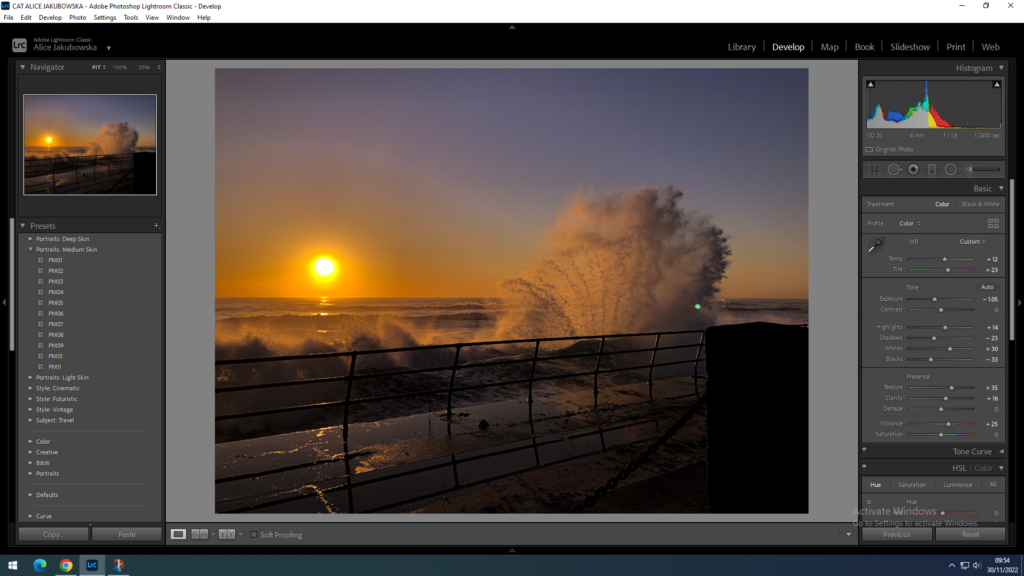
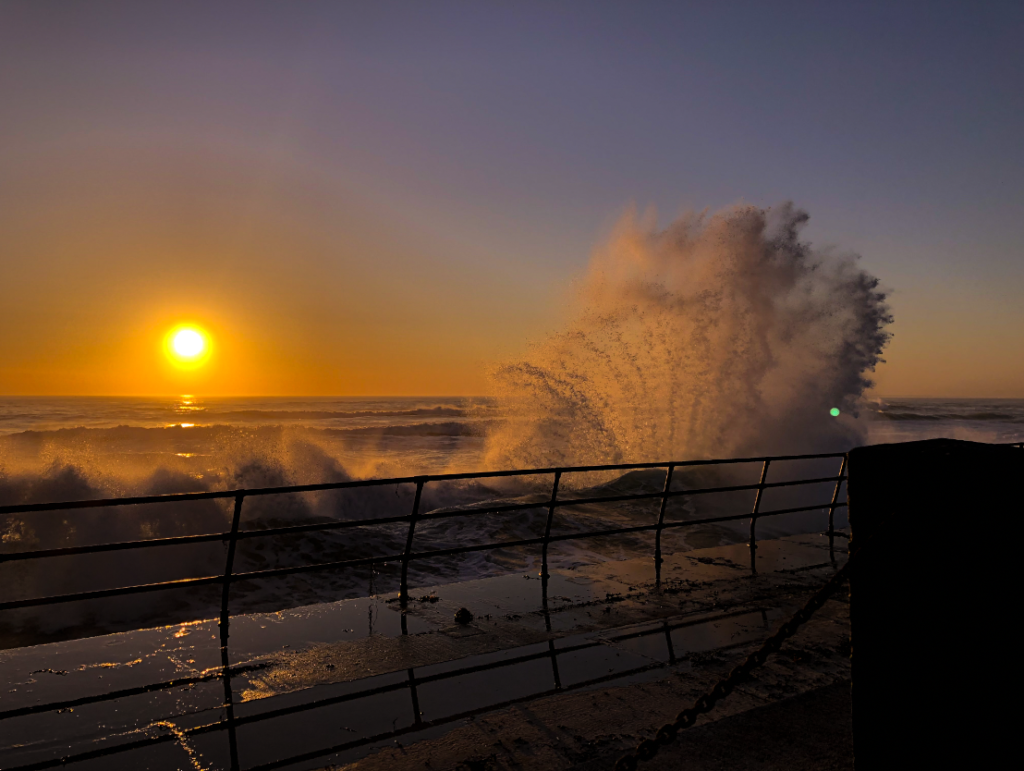

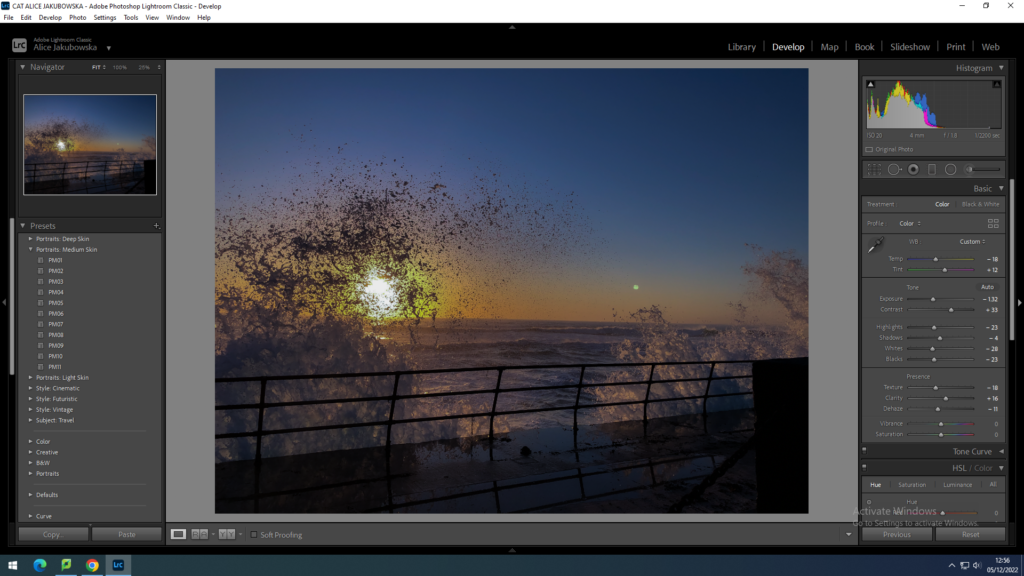
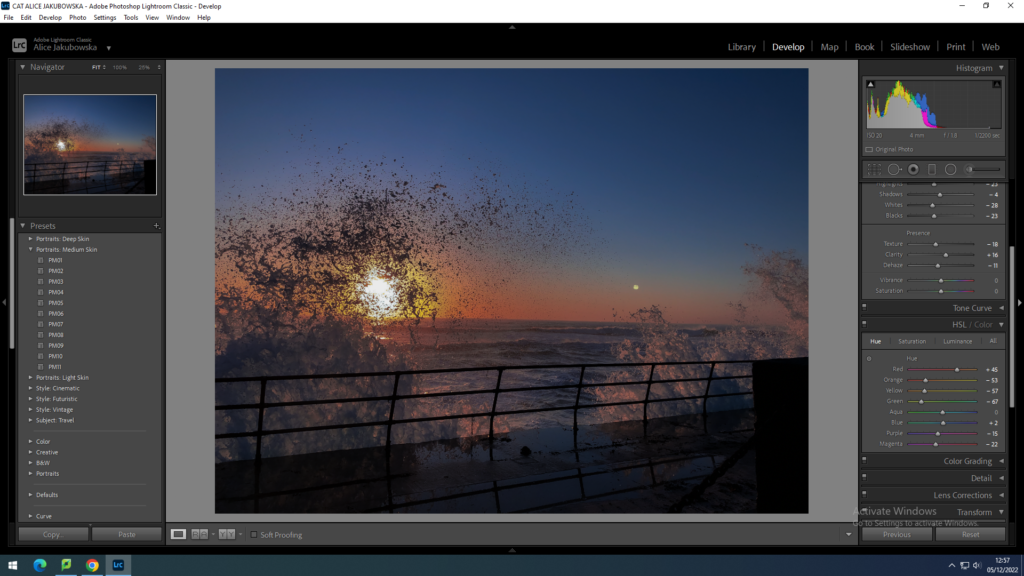

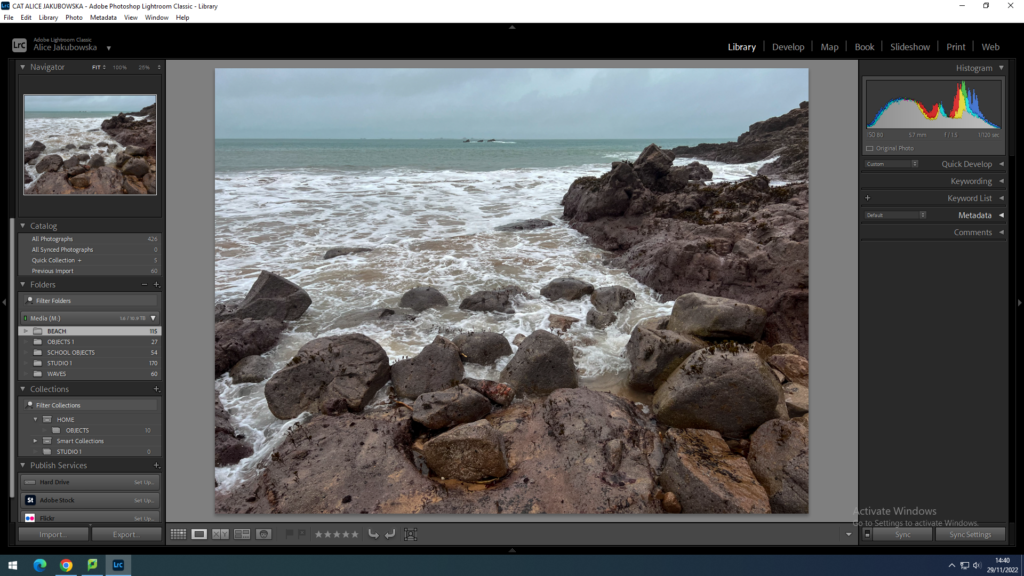
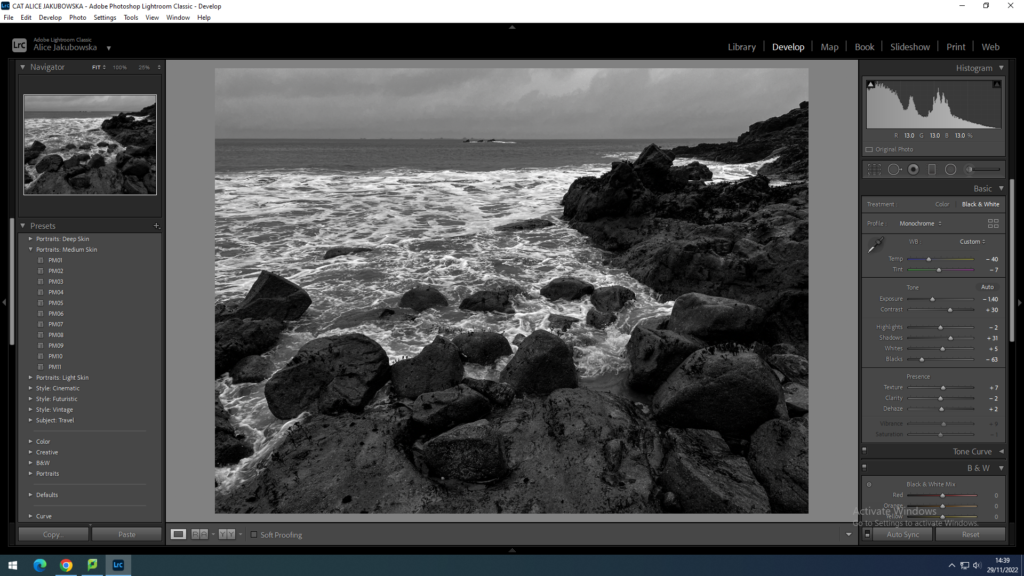
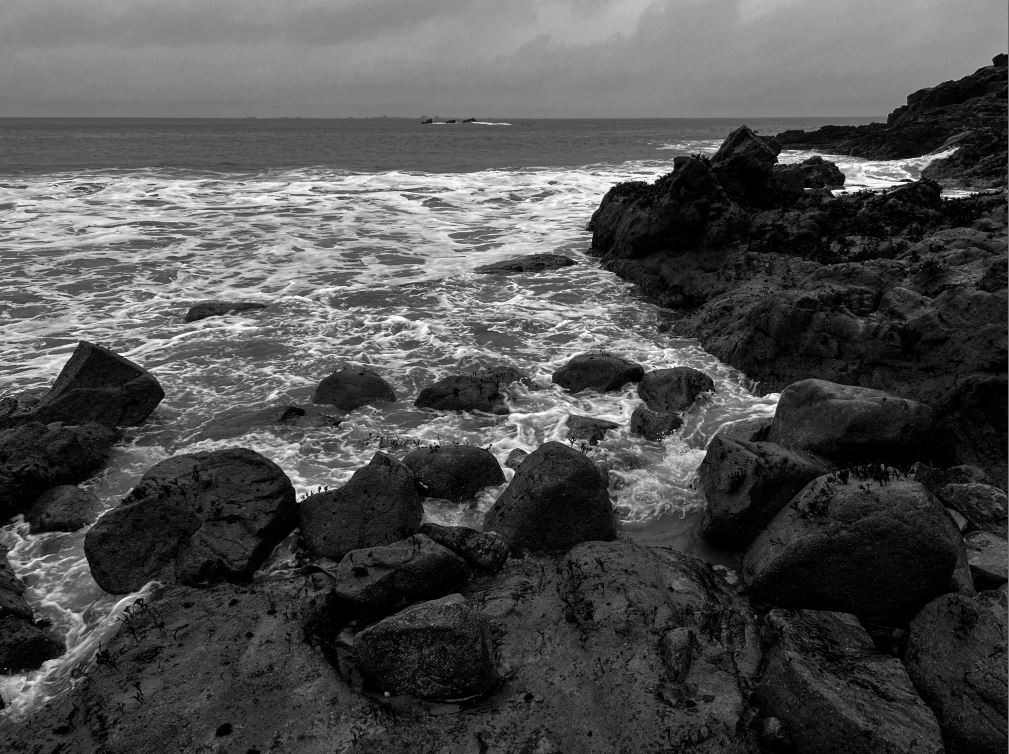
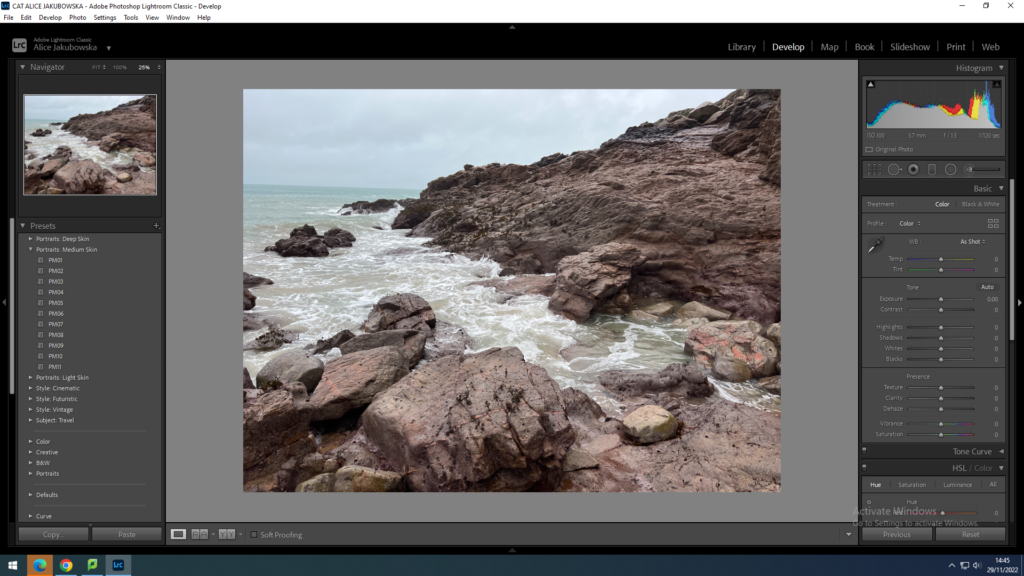
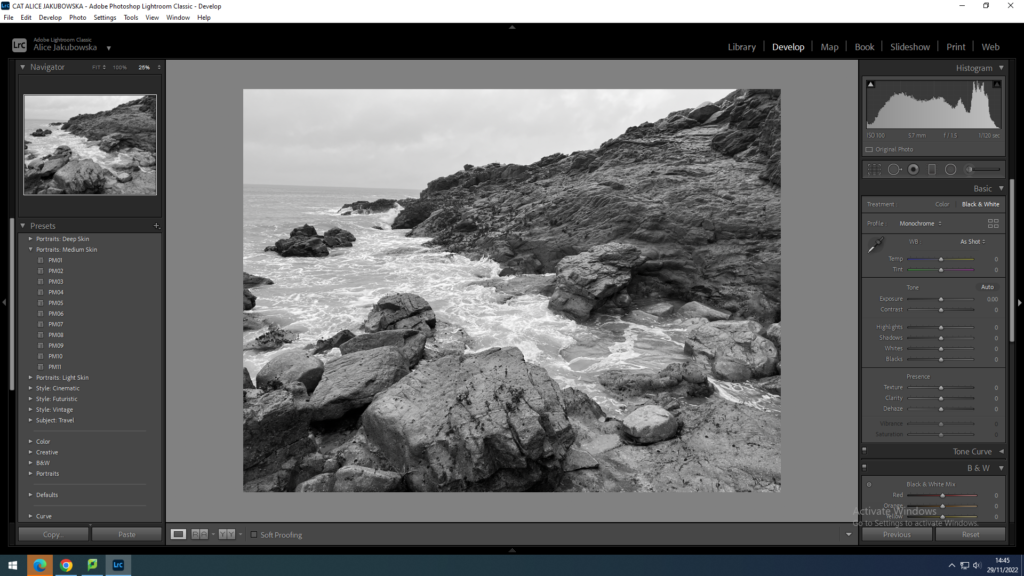
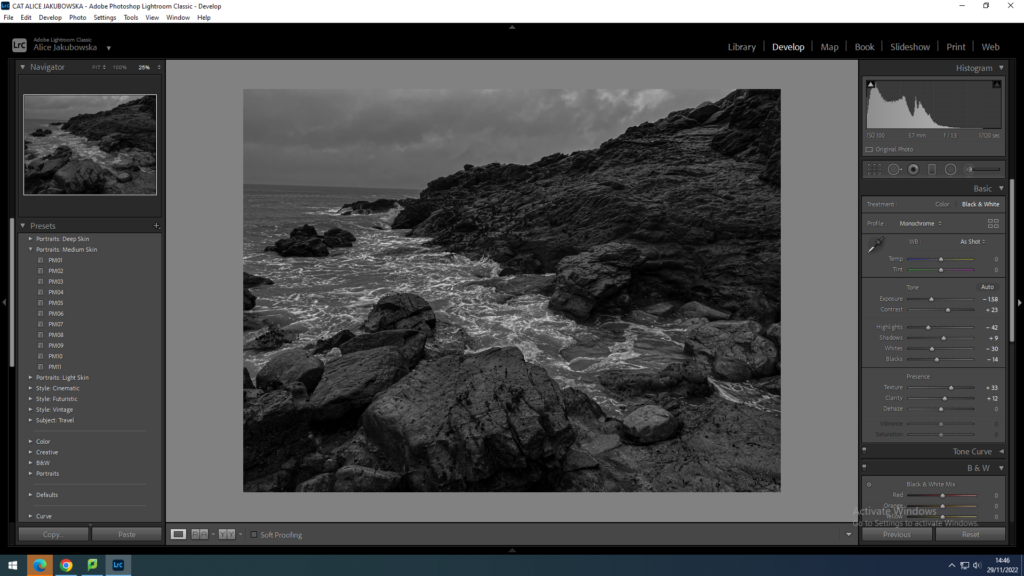
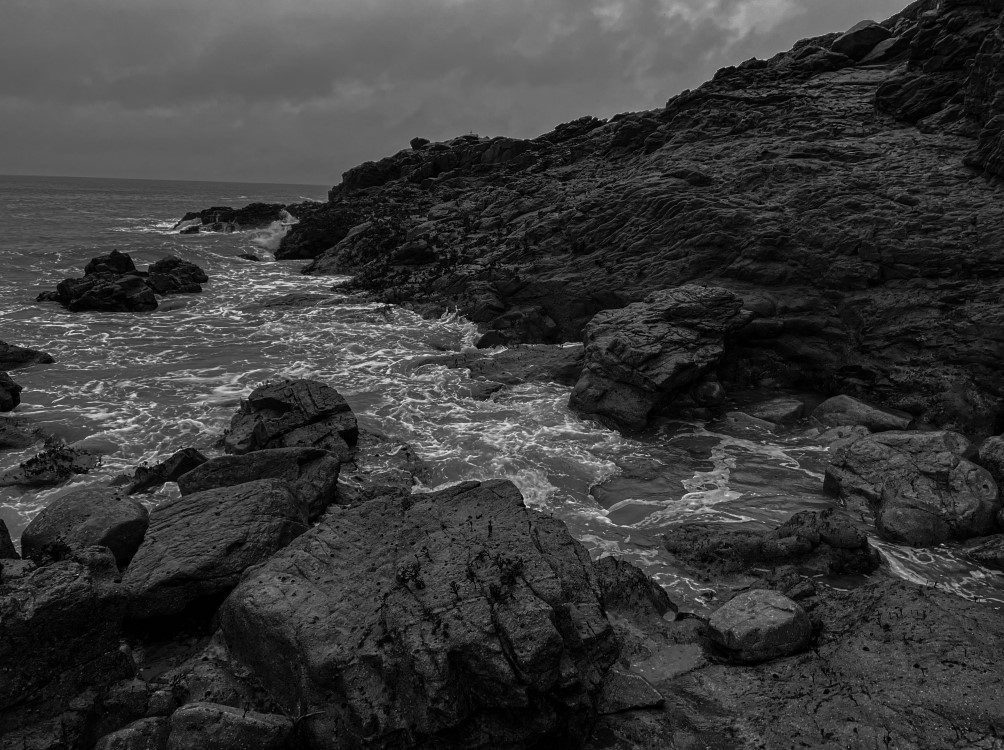
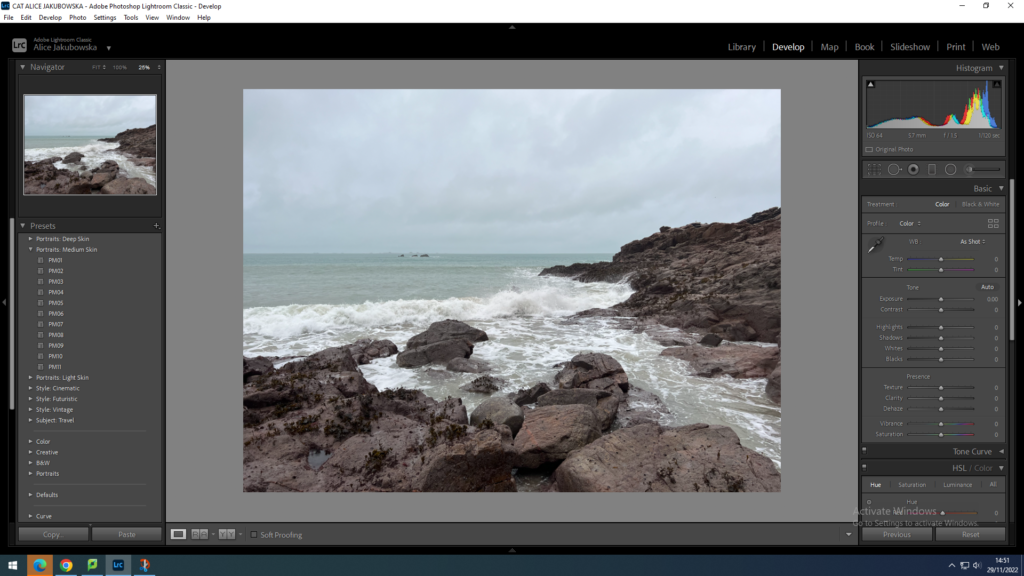
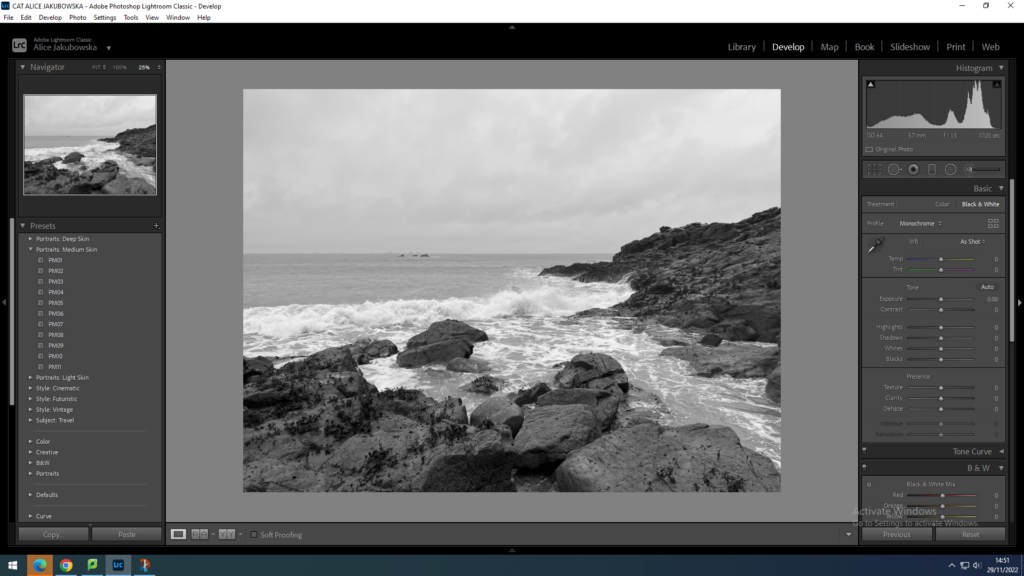
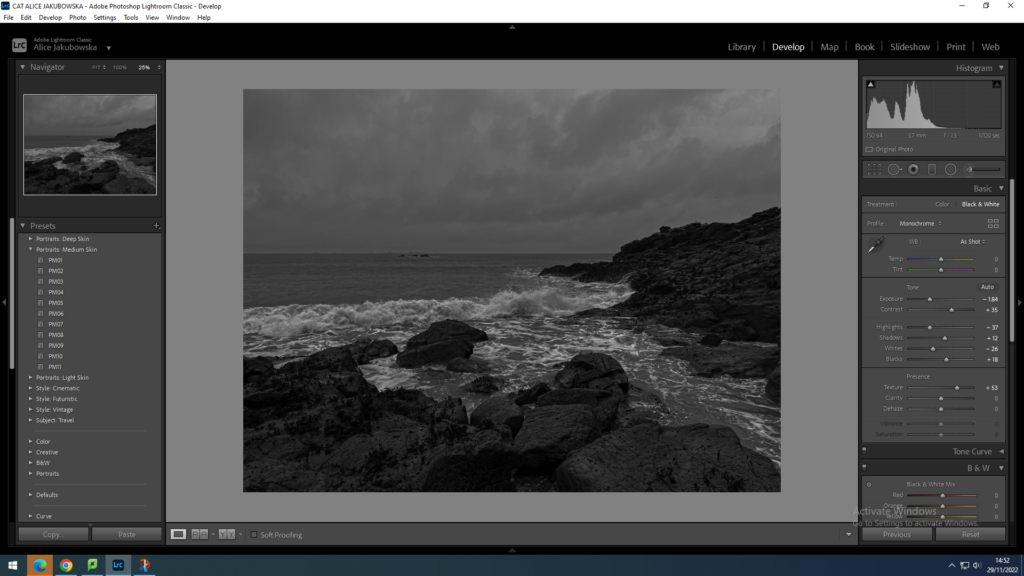
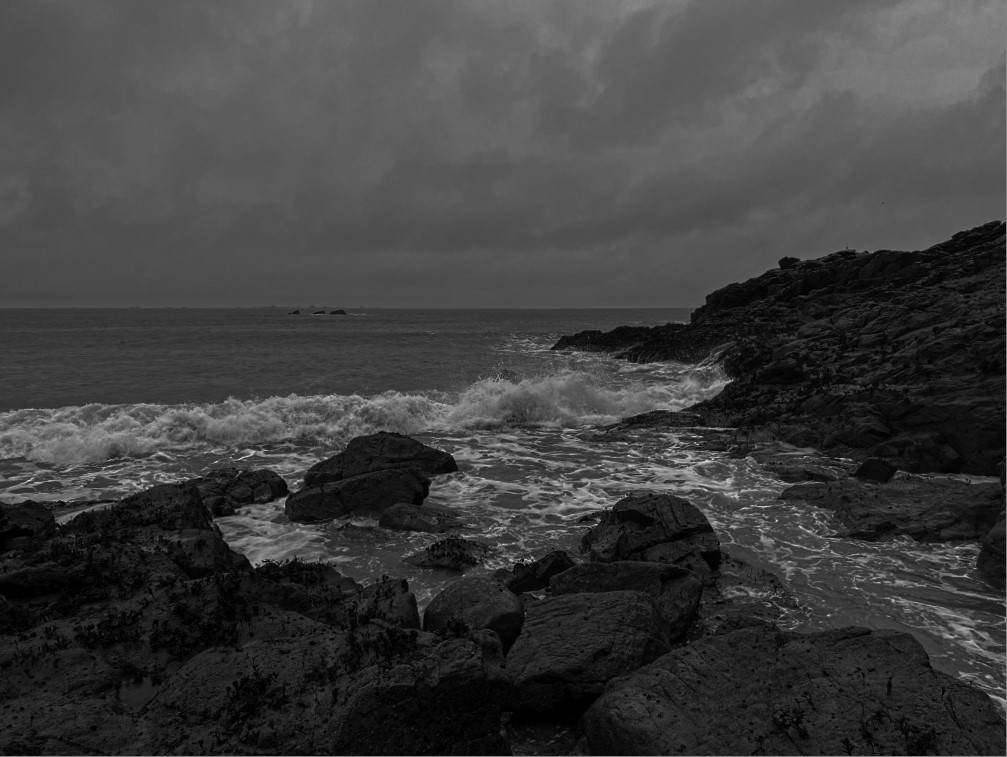
During editing these photos I tried to make the cracks in the rocks more prominent and sharper to the eyes, while also trying to highlight the white foam in the waves crashing against the rocks. I first had to level my images due to the fact that the horizon of the sea and sky was slightly diagonal. Due to the weather on this day, rainy and windy, the clouds had turned into fog, which creates a muted sky with minimal definition of clouds. However you can see a significance change from the original to the final outcome of the editing. In Lightroom classic a decreased the exposure and increased the contract to create the darker shades of blacks and greys. I also decreased the highlights and increased the texture to show the detailed cracks in the rocks and the tiny details of the sparks of water in the foam of the waves to create a more defined image.